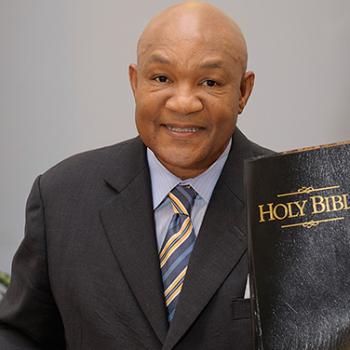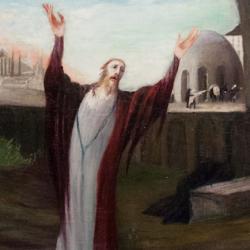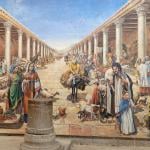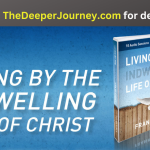Mary and the other Mary come to the tomb on the day “after the Sabbath,” which is the first day of the new week. It is beginning to dawn and light is beginning to shine. Now, a new week begins, new light breaks.
But Matthew’s phrasing is even more emphatic on this point. Literally, the text says that they come to the tomb “after the Sabbath, as it began to dawn toward the first of the Sabbaths.” The word Sabbath is used twice, once to describe the last day of the week, the Jewish day or rest and worship, and once to describe the week itself. That usage is not unique here; we find it elsewhere in the New Testament. But it is significant. This is the day after the Sabbath, but, at the same time, it is also the first of a new Sabbath.
Sabbath doesn’t just mean rest in Scripture. Within the life of Jesus, of course, the Sabbath was a controversial issue. The Jews observed the Sabbath by surrounding it with precise rules about what constituted work and what kind of rest was required, and they thought Jesus was breaking the Sabbath by His activities. Jesus saw the Sabbath as a day for healing the sick, for giving life to the weak and dead, for granting rest to the weary and heavy-laden. If His resurrection marks the first of the Sabbaths, then it marks the first day of a new age of healing, resurrection life, of rest and relief to the oppressed and down-trodden.















